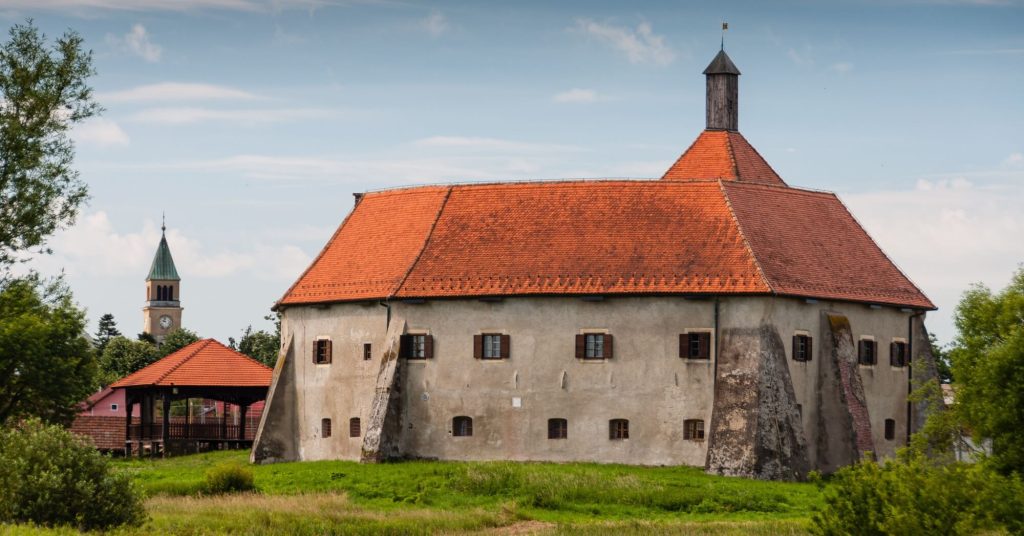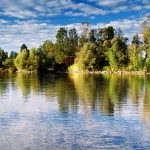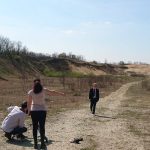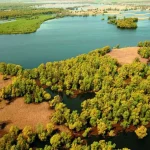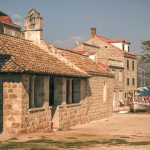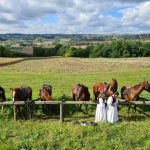The east of Croatia is not known for its mountains. And yet, a long stretch of more or less continuous hills separates the Drava river’s long valley from the rest of Croatia. For around 80 kilometres, part of the task is taken by the relatively low-lying Bilogora mountains.
The land between the mountains and the river slopes gently from foothills to floodplains. It is fertile, filled with vineyards and fields of agriculture. But, inexplicably, within this terrain, you’ll find a desert.
This remarkable anomaly is the only such sand-filled wilderness in the country. And it is at this point – where the fields and vineyards of the lower foothills meet the floodplain and the Croatian desert – you find the town of Đurđevac.
Old Town Đurđevac (Stari grad Đurđevac)
© Marc Rowlands
Old Town Đurđevac is the most iconic building in this part of Croatia. Given its name, you could be forgiven for thinking this fortified structure is the origin of the town. Not so. Located just to the south, Đurđevac was already an established village when, in the 1480s, Bishop of Pécs Sigismund Ernušt commissioned the defensive fort. It was built in response to the rising threat of the Ottomans from the east.
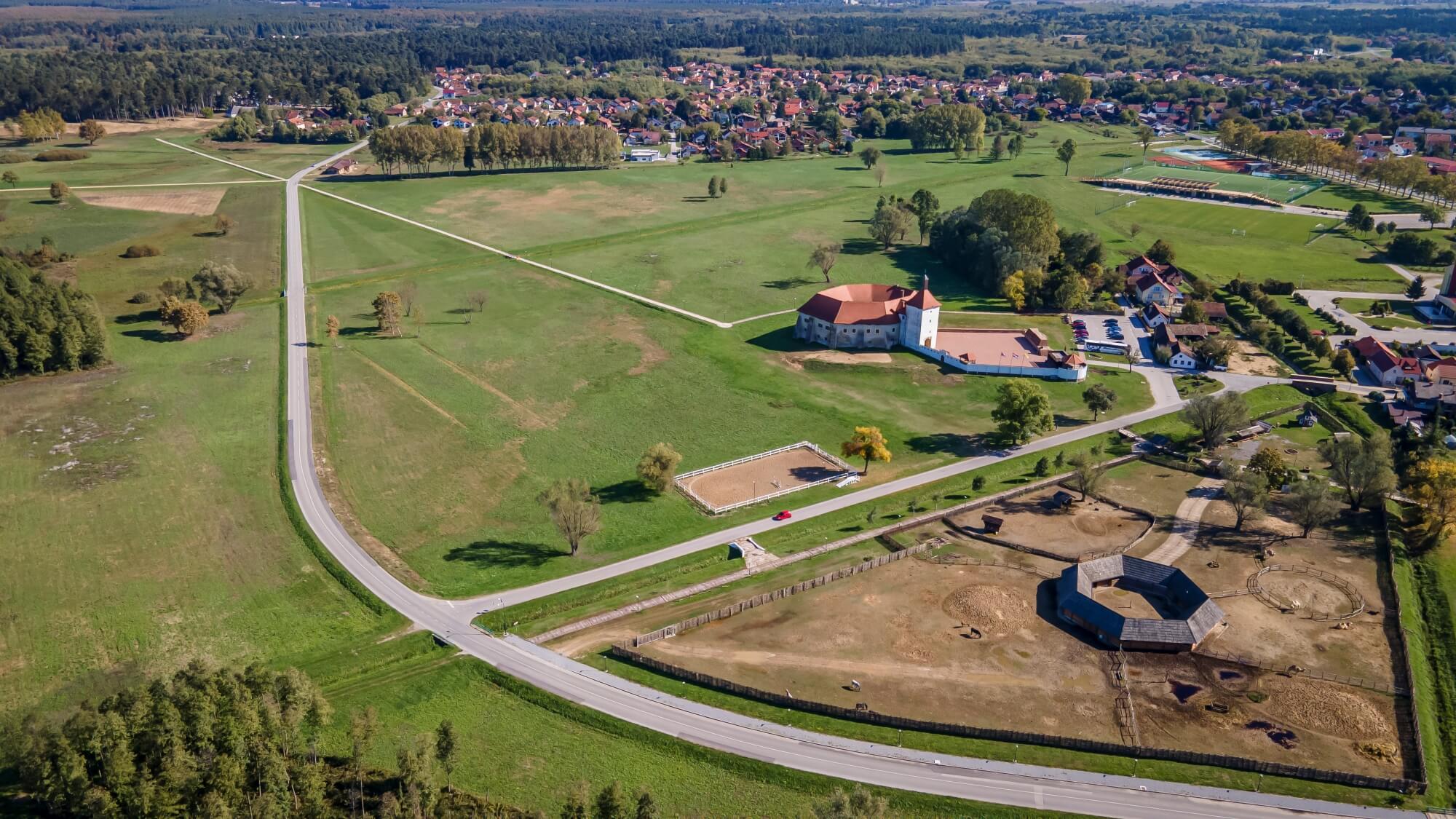 © Ivan Nemet
© Ivan Nemet
The land on which the original village and Old Town was placed is wet – river meadows in the floodplain of the Drava. Still to this day, you’ll not find anything built on this partial swamp for over two kilometres to the north of Stari grad Đurđevac. Like buildings in the original settlement, the fortification was constructed on sandbanks created to elevate the building from the marshland. Its location and sturdy, defensive build – with surrounding walls and 9-metre tower – served the town well. Though besieged many times, Old Town Đurđevac never fell.
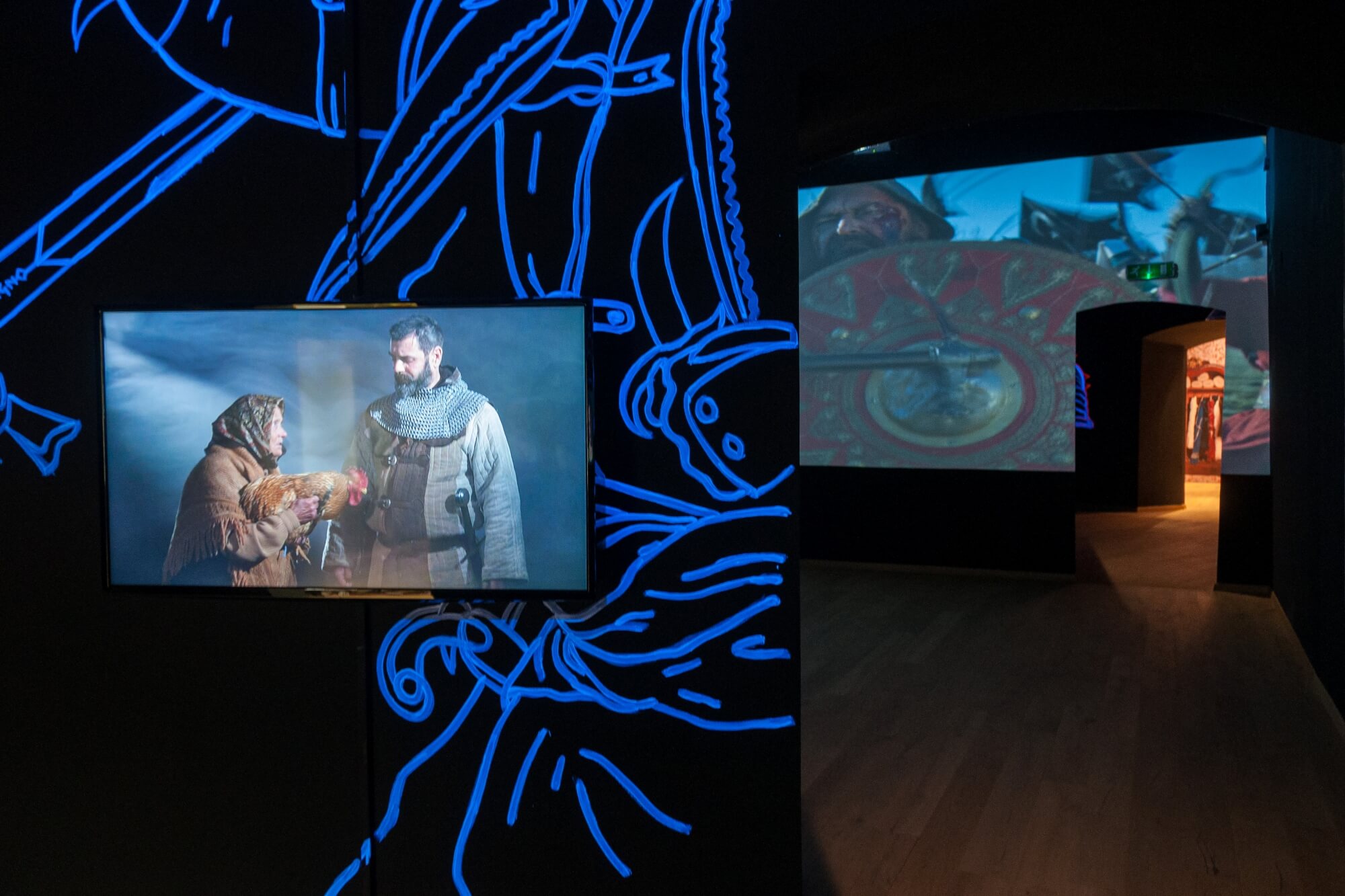 © Mato Zeman
© Mato Zeman
Today, Stari grad Đurđevac holds important art and artefacts of the town. Inside, you’ll find the Picokijada Interpretation Centre and Đurđevac City Museum. The former explains the legend behind the town’s greatest annual event. The latter holds one of the region’s most important collections of paintings, statues and artistic posters, much of it a donation made by local artist Ivan Lacković. But, this building is not only a relic and reminder of the past.
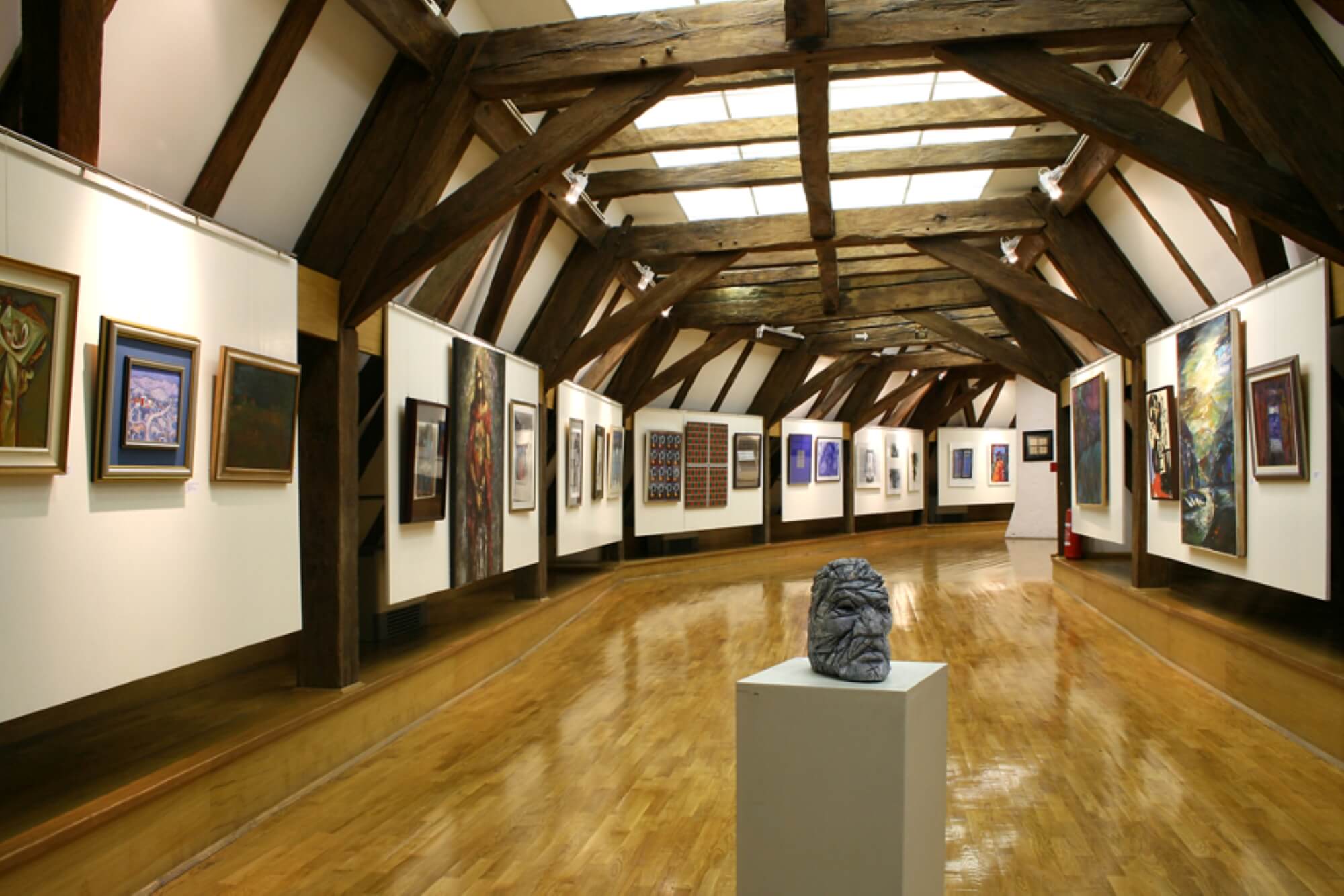 © Željko Car
© Željko Car
By day, re-enactments and events take place in the walled courtyard. By night, youngsters of the town often gather here. On the ground floor of the main fortress, an open-air bar and restaurant. It is one of the best places in town to eat.
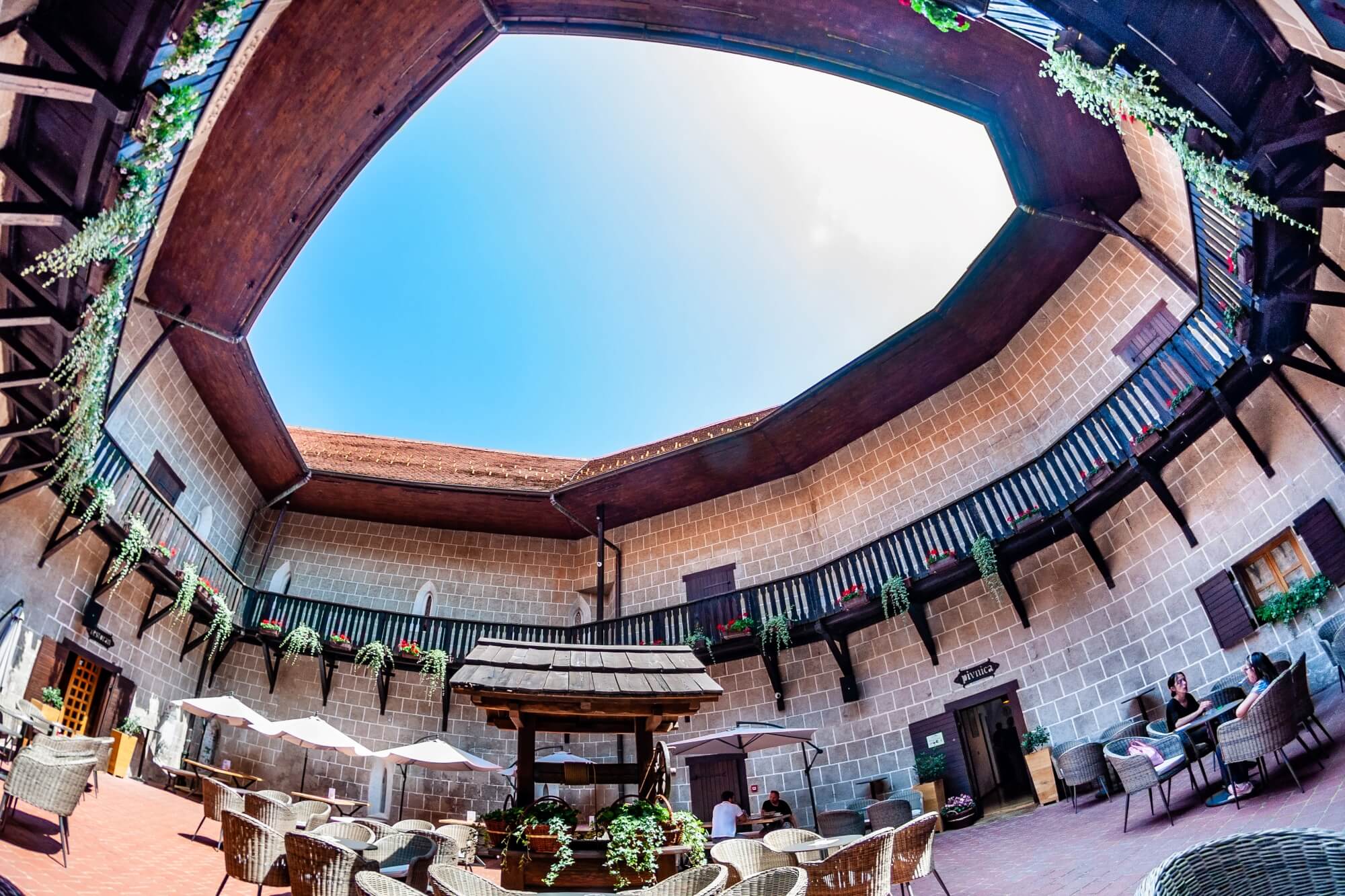 © Mato Zeman
© Mato Zeman
Authentic food of Đurđevac
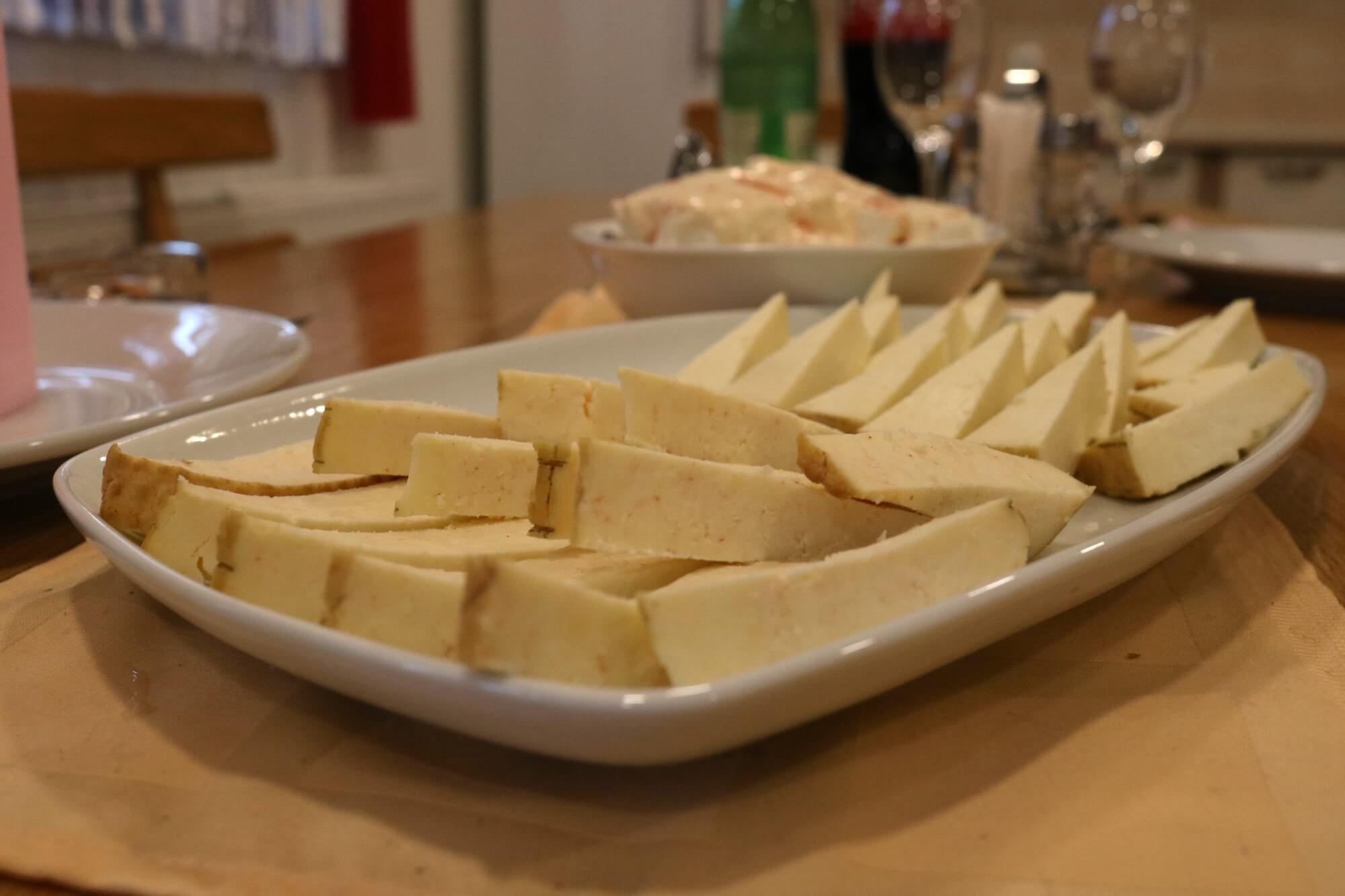 Award-winning cheeses, fresh from the farm shop at Family Farm Imbrišić (here) in Kozarevac, near Đurđevac © Marc Rowlands
Award-winning cheeses, fresh from the farm shop at Family Farm Imbrišić (here) in Kozarevac, near Đurđevac © Marc Rowlands
Recognisable as the cuisine of continental Croatia, you have to look a little closer to identify the distinct menu of Podravina and Đurđevac. Meat preserved as sausages and river fish from the nearby Drava feature on the Đurđevac menu, as they do a little further downstream in Slavonia. But, Đurđevac and Podravina have a much greater tradition of dairy products than Slavonia. You’ll find many local cheeses on the menu at Restoran i pivnica Stari grad (here), within the walls of Old Town Đurđevac and at Restaurant Đurđevečka iža (here), inside the town’s Hotel Picok. The fresh river fish from the Drava you can try year-round at nearby Ribička hiža (here).
Breakfast at Restoran i pivnica Stari grad © Marc Rowlands
Croatian Sahara (Hrvatska Sahara): Stari grad Đurđevac Zoo
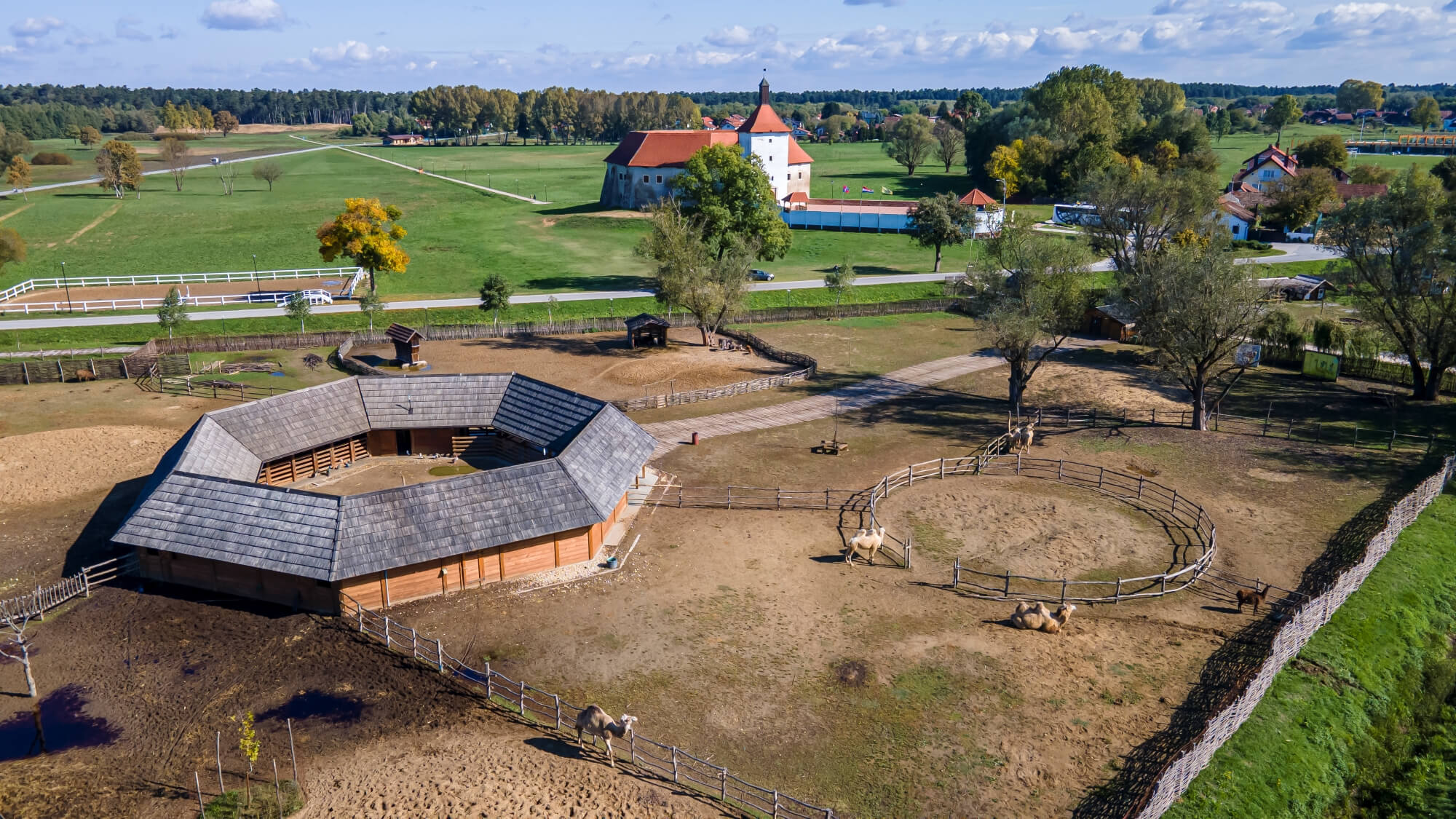 © Ivan Nemet
© Ivan Nemet
Sitting just next to Stari grad Đurđevac, Hrvatska Sahara is the small zoo of the town. It is titled after the Croatian Sahara, a near-forgotten moniker for the desert nearby. And, just like in the deserts of North Africa, the Levant and the Arabian Peninsula, you’ll here find camels. They share the sands with goats, donkeys, horses, chickens, peacocks and llamas.
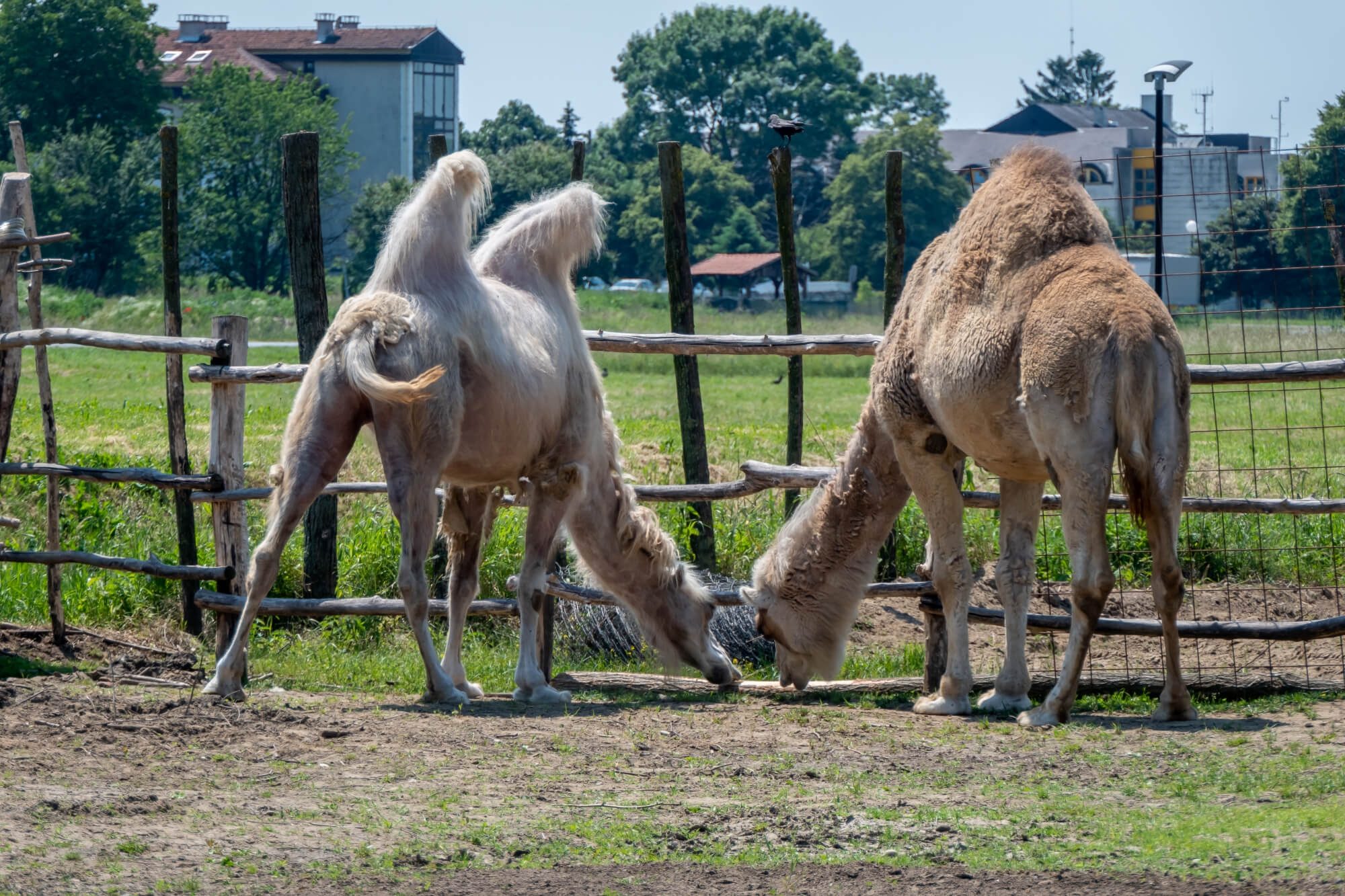 © Ivan Nemet
© Ivan Nemet
Natural assets: Đurđevac Sands (Đurđevački pijesci) – the only desert in Croatia
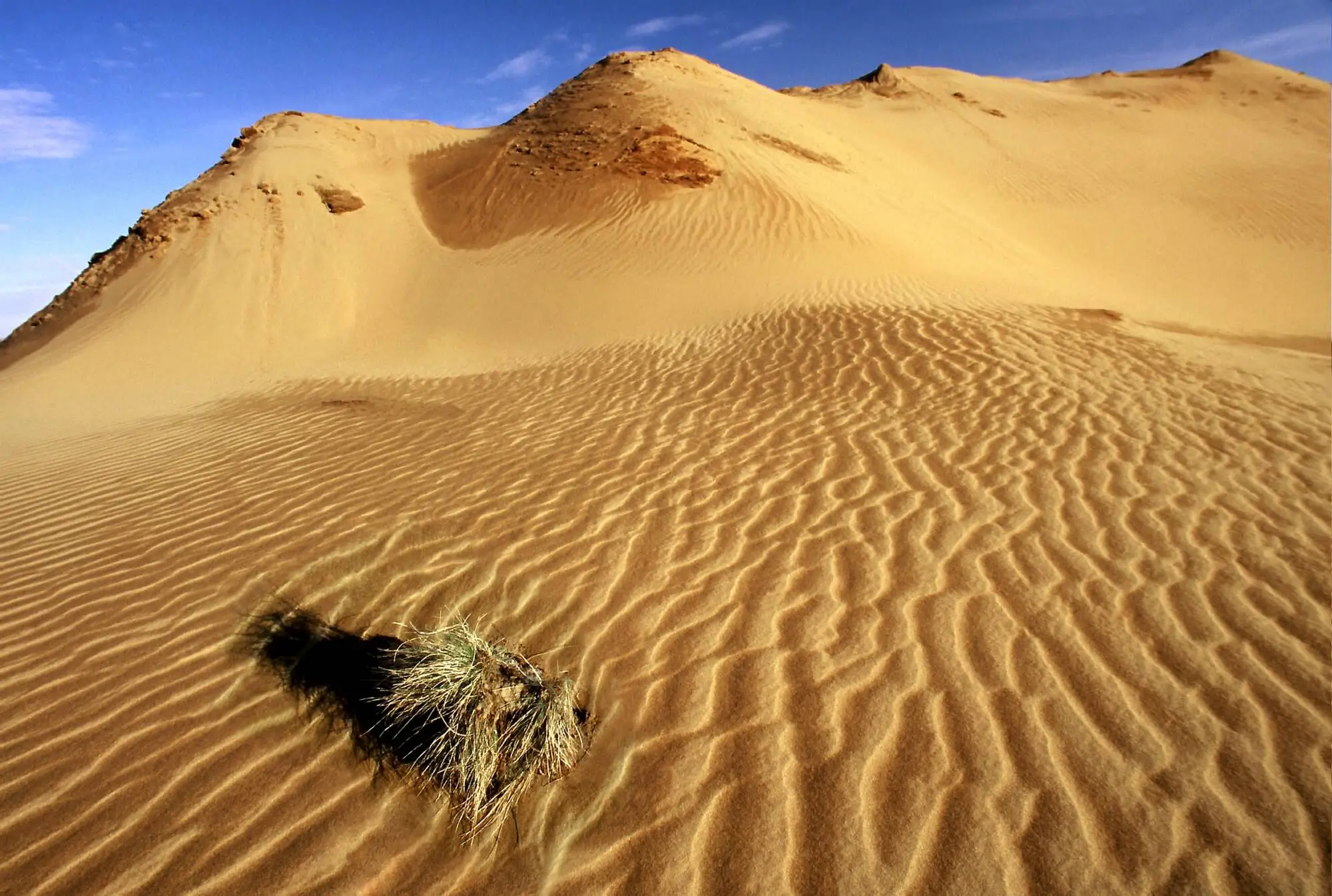 © Mato Zeman
© Mato Zeman
Born high in the Alps of Italy, the Drava river crashes down 1000 metres through Austria and Slovenia before reaching Croatia. Any rock that falls on the same path is pulverised by the time it reaches here. Formed by deposited glacier sediment, the sandy riverbanks of the Drava and the Đurđevački pijesci are testament to this. Đurđevački pijesci are simply sands of the river that were blown to this area by persistent, strong winds.
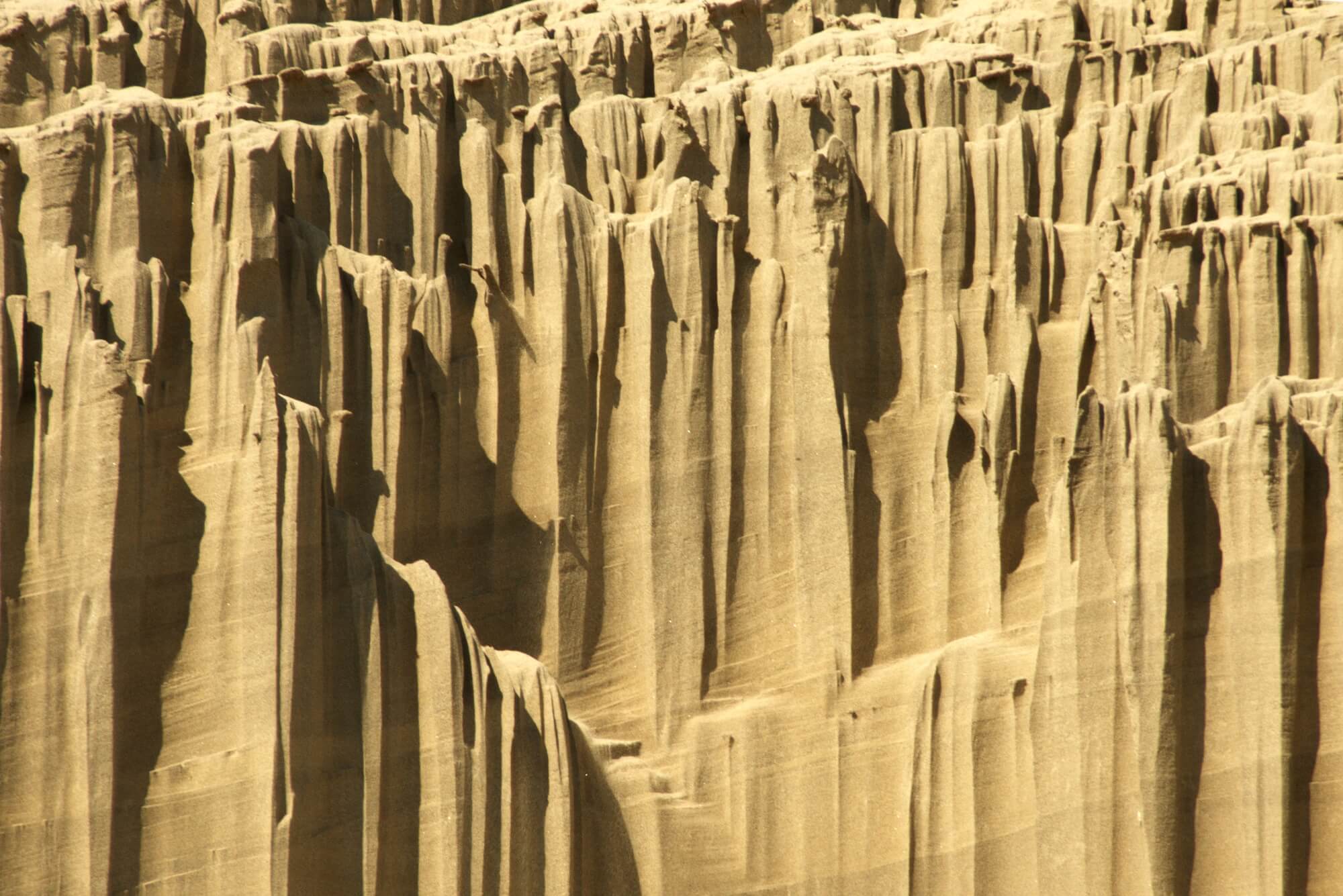 © Mato Zeman
© Mato Zeman
There was a time when people sought to tame this wilderness. As recently as the 20th century, an active process to afforest the sands was underway. And it was successful. While Đurđevački pijesci cover around 20 hectares today, at one time they were known to stretch some 12 kilometres. In fact, the dunes were so vast that it wasn’t uncommon for people, horses and carts to disappear in the desert. For this reason, the Croatian Sahara earned the more sinister nickname of the ‘Bloody Sands’.
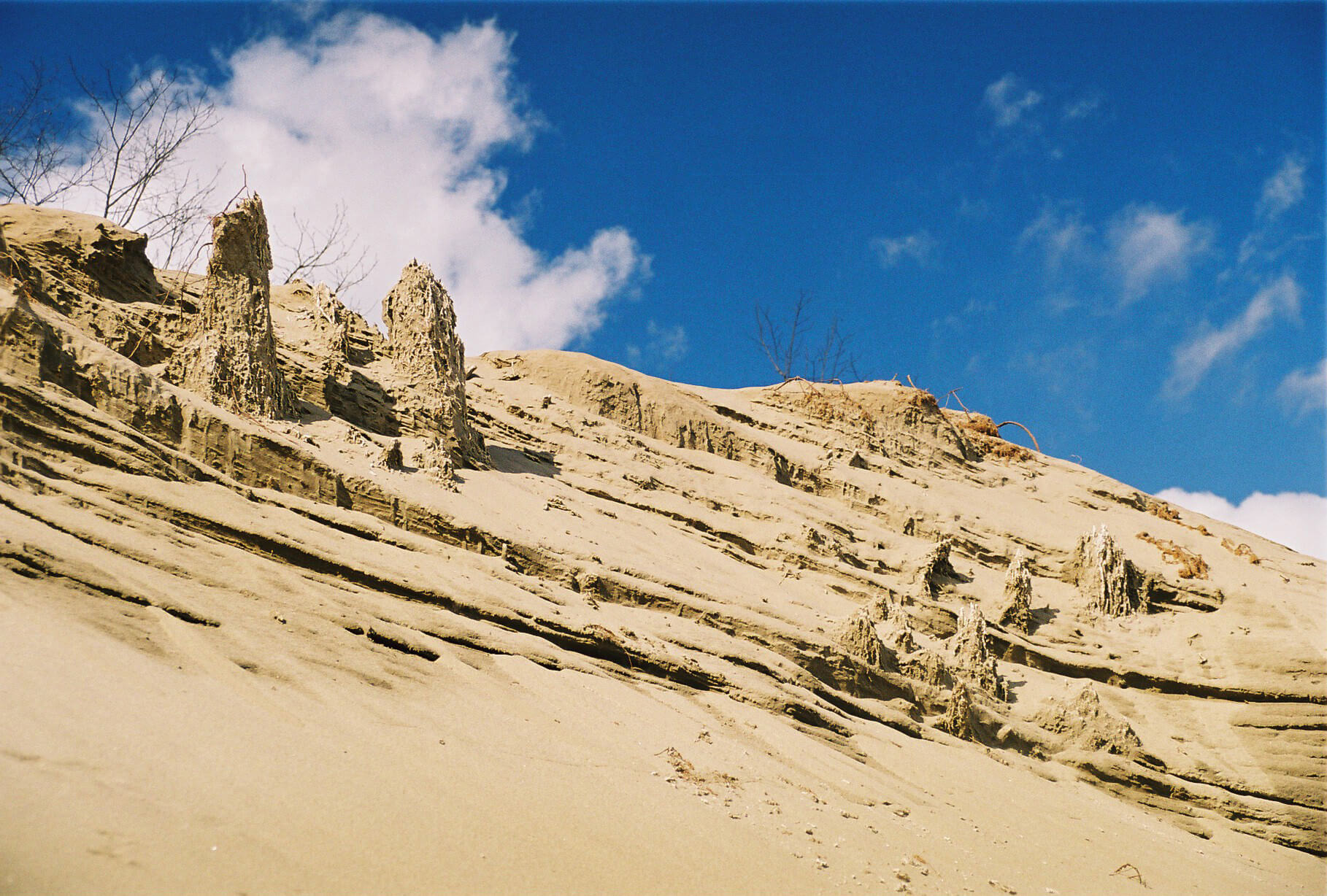 © Mato Zeman
© Mato Zeman
In 1963, part of the Đurđevački pijesci was declared a special geographical and botanical reserve. This protection now preserves the peculiarities of the vegetation here – only certain plants were able to adapt to living in this desert. Among them are several endemic species. Over 30 distinct species of butterfly can be found in and around the area of the sands. They can be seen when visiting Đurđevački pijesci, along with the spectacular dunes.
Đurđevac Sands Visitors Centre (Posjetiteljski centar Đurđevački pijesci)
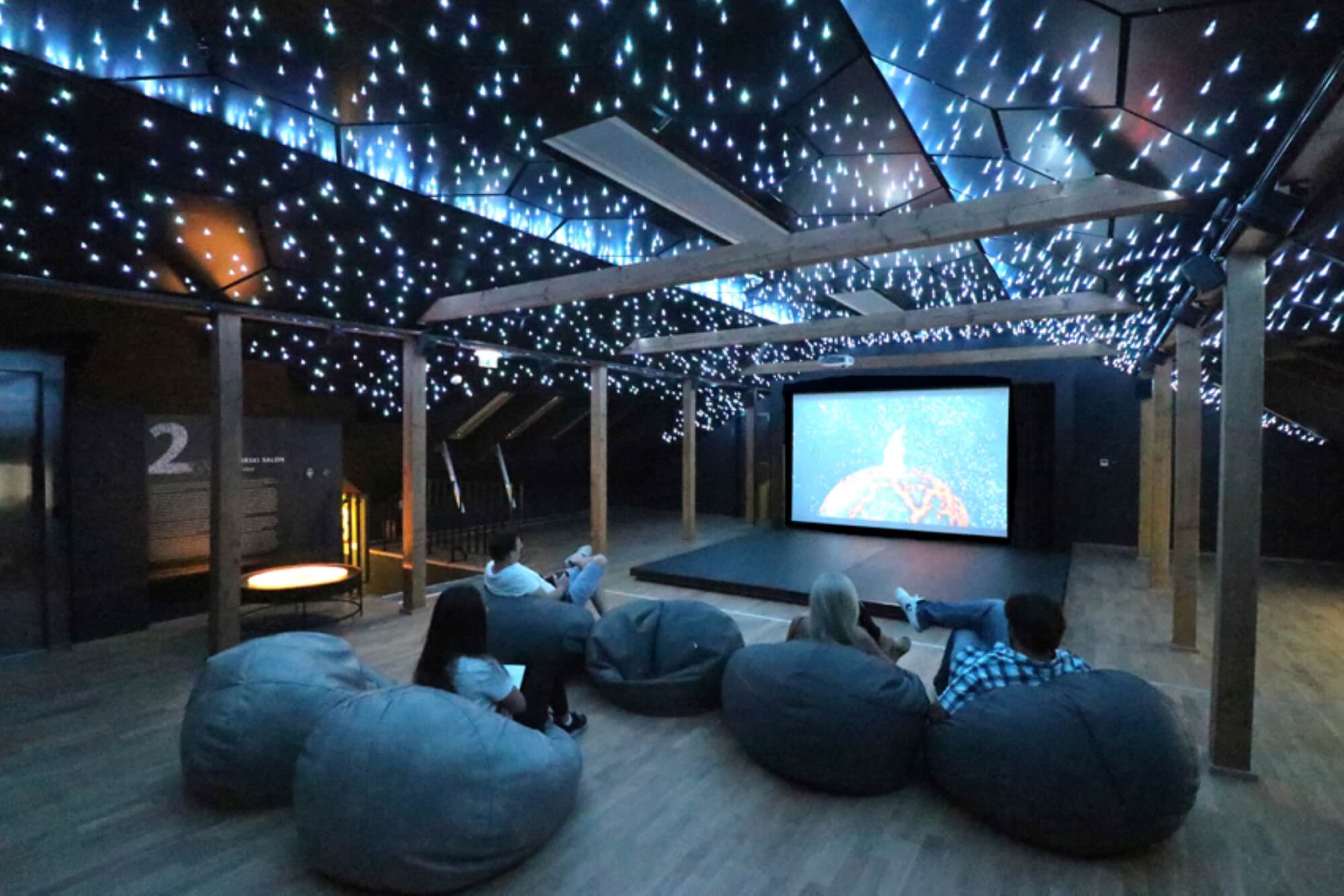 © Željko Car
© Željko Car
Within recent memory, the town’s Picokijada Interpretation Centre found itself among the most popular museums in Croatia. Taking inspiration from its immersive experience, the Đurđevac Sands Visitors Centre is the next-generation version. At the time of writing, it is likely among the most modern, multimedia museum experiences in southeastern Europe.
On paper, a visitors centre dedicated to a geological irregularity doesn’t sound that exciting. But, Đurđevac Sands Visitors Centre offers such an engaging experience, it’s easy to see why kids don’t want to leave.
Your journey begins not with a scientific explanation, but in the mysterious world of myths and folklore. In the roof space, a planetarium-like projection space introduces you to the local legends on which the region is founded. Thereafter, a series of rooms with different multimedia, augmented reality and interactive elements keep a firm grip of your attention. At the end of the tour, you’ve learned not only about the Đurđevac sands and the Drava river, but also the diverse fauna and flora that lives here.
Natural assets: Drava river
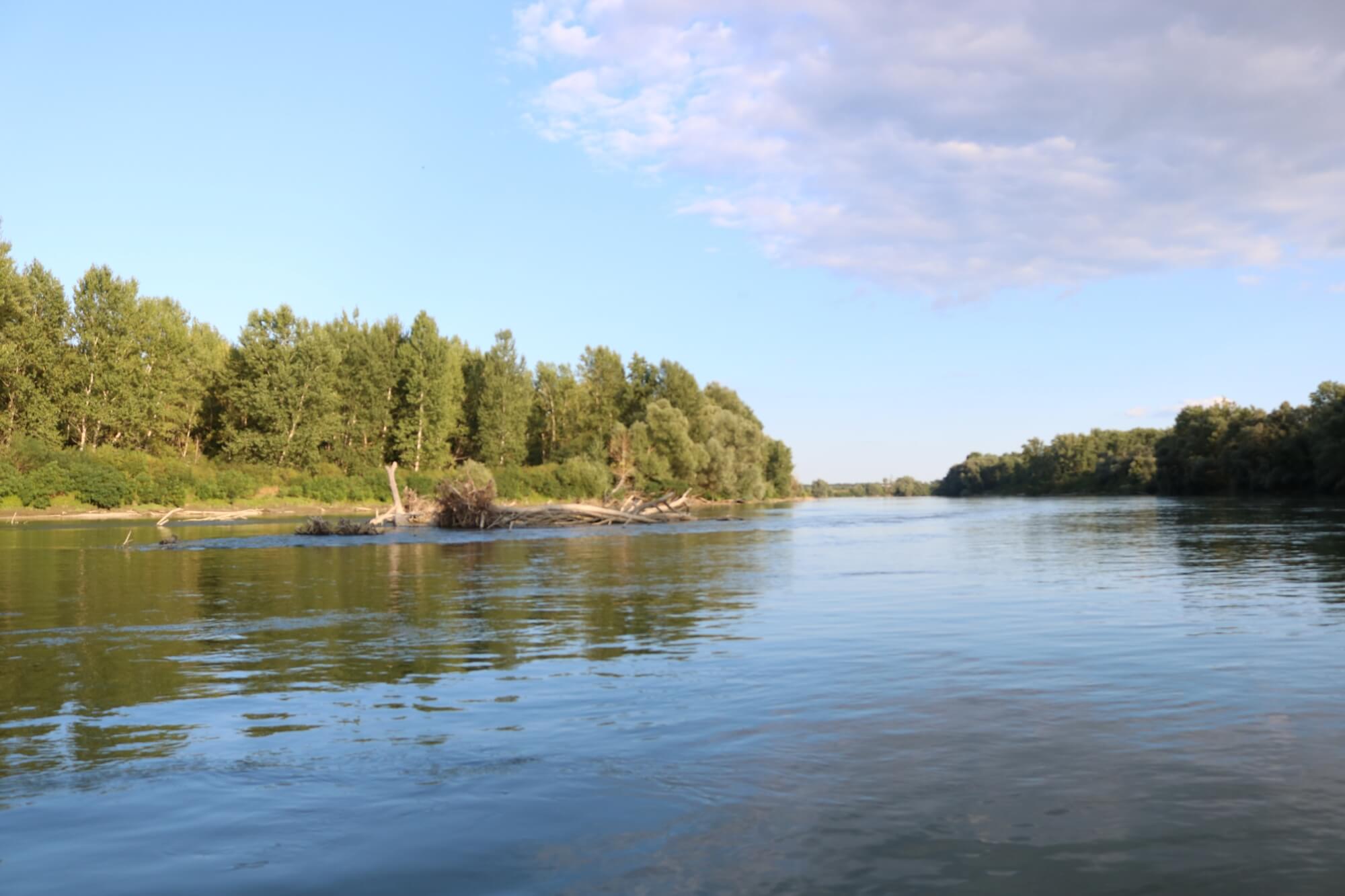 The Drava, near Durdevac © Marc Rowlands
The Drava, near Durdevac © Marc Rowlands
Although it doesn’t run through the town, the Drava river shapes almost everything about Đurđevac. Certainly, the river is part of the reason the town is here. It informs not only the river fish section of the local menu but also the wine list. The incredible white wines that are made all around the town are a product of the sandy soil deposited by the river.
The river also offers the nearest recreational escape for town residents. Sitting less than 10 kilometres away, there’s plenty of room on the banks for local fishermen and guests. So too, children on horseback. Canoeing, rafting and boating are great ways to see the river and its wildlife up close. If you want to learn more about the sights and activities available on the Drava river near Đurđevac, then look here.
Picokijada and the Legend of the Rooster (Legenda o picokima)
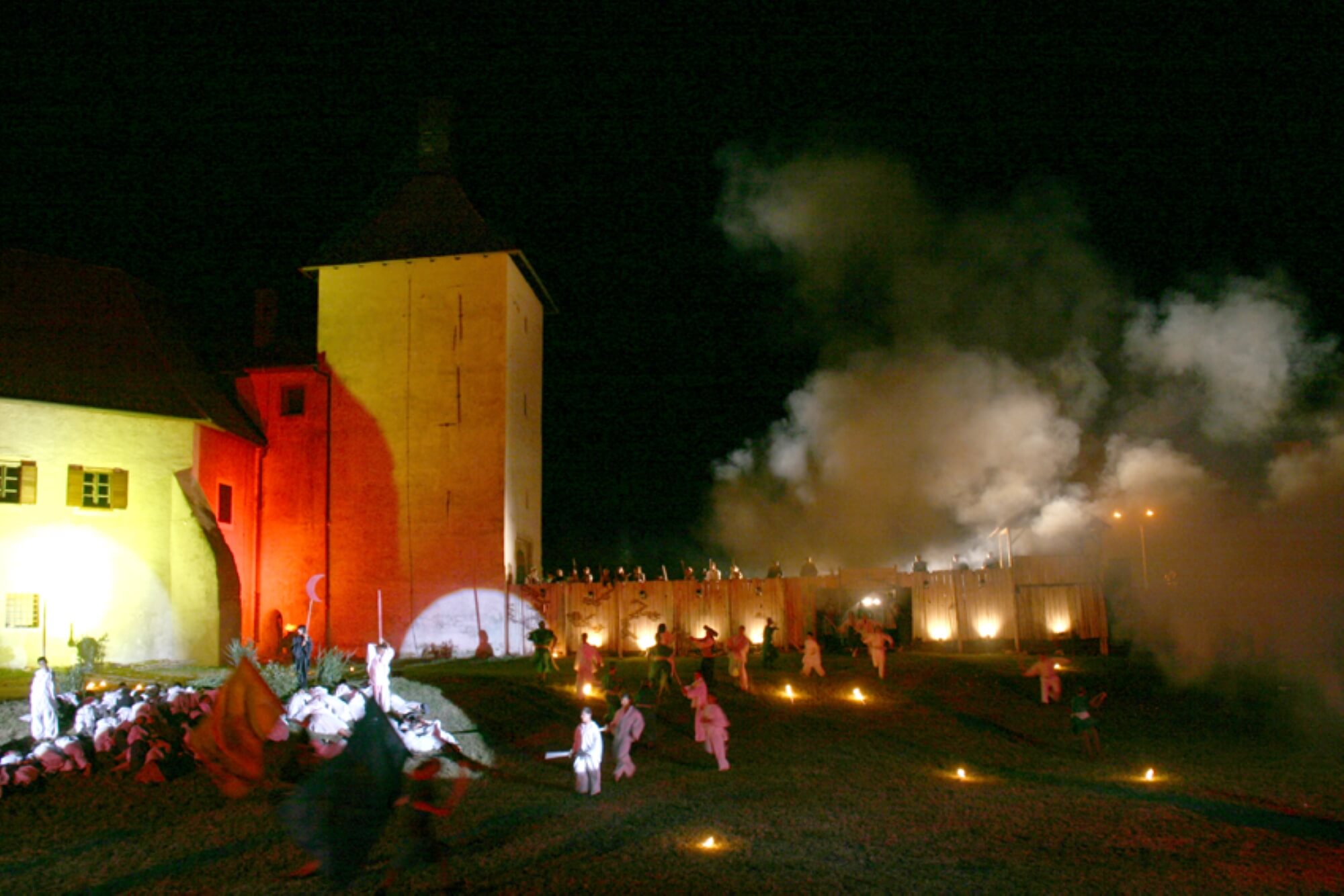 © Željko Car
© Željko Car
While the Old Town fort remained unconquered by the Ottomans, that’s not to say the invaders didn’t try to overcome the town and those inside its walls. In fact, on at least one occasion, it’s said they came very close to succeeding.
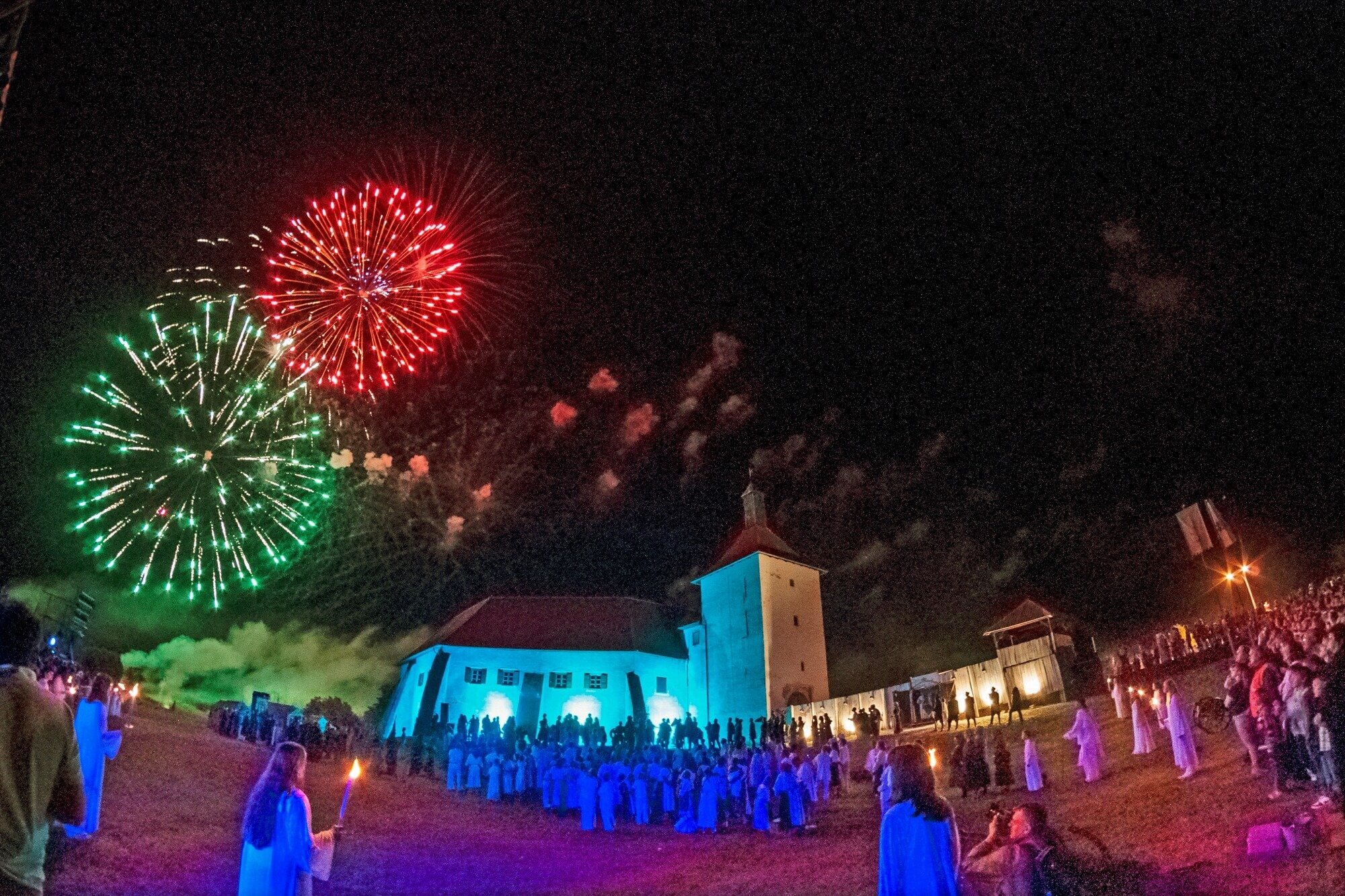 © Mato Zeman
© Mato Zeman
The Legend of the Rooster (Legenda o picokima) tells the tale of the most famous encounter between the Ottoman forces and the town. So the story goes, leader of the attacking forces Ulama-beg encountered such unexpected resistance that he was unable to take the town fortress. He decided on an alternate strategy. By laying siege to the Old Town of Đurđevac, he hoped to exhaust the resources of the people and eventually starve them into submission.
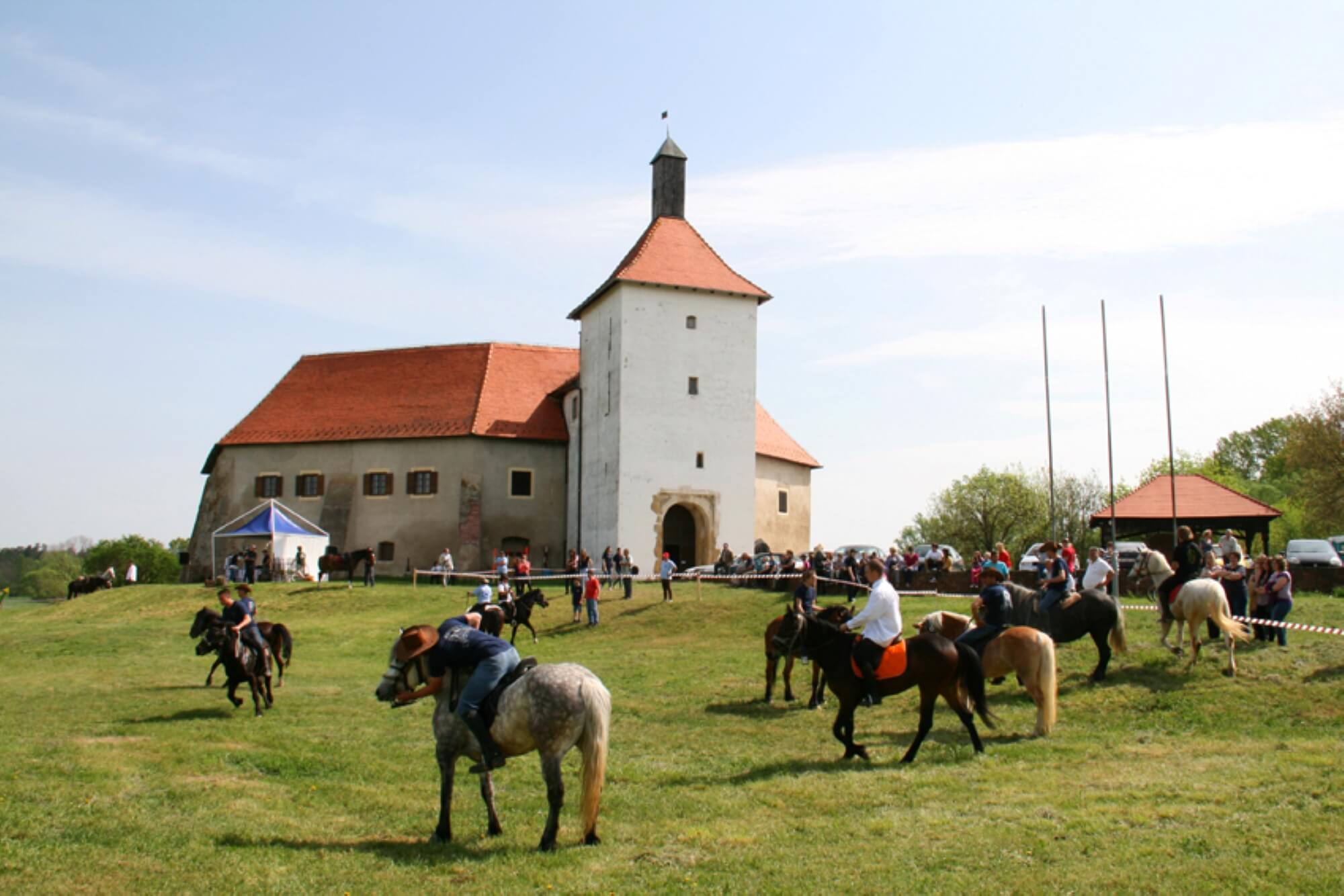 © Željko Car
© Željko Car
It almost worked. As it is told, the long siege took a terrible toll on the town. Food inside the walls had all but disappeared. Saved by an elderly woman of the town, there was only one small rooster left – in the Đurđevac dialect, a ‘picok’. It wasn’t nearly enough to feed all those inside. So, as a last roll of the dice, the old woman suggested the rooster instead be put in a cannon and fired into the Ottoman camp.
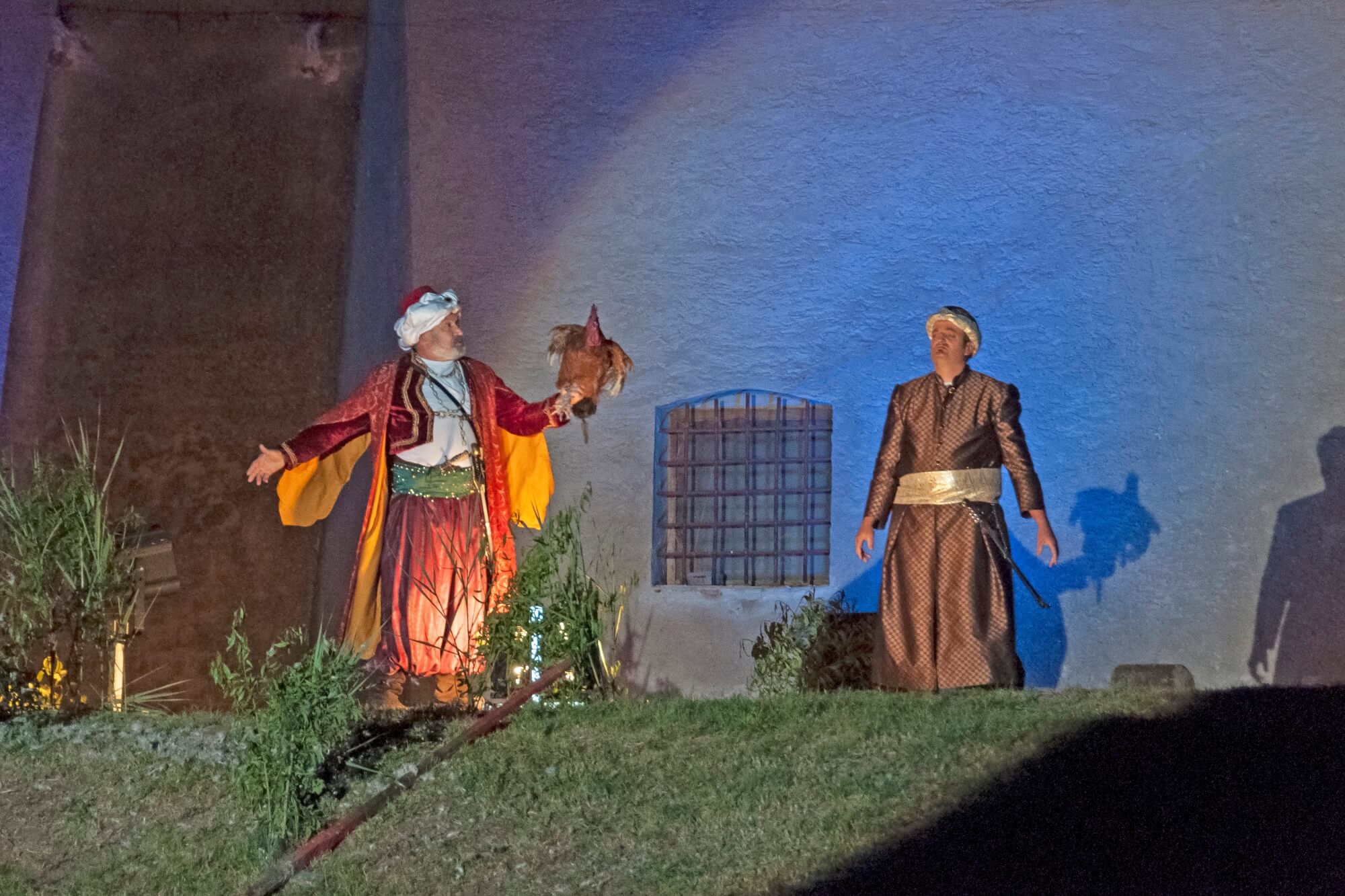 © Mato Zeman
© Mato Zeman
Exhausted themselves by the long siege, the Ottomans are said to have lost all heart upon seeing the bird shoot into their encampment. If there was still so much food that those inside could freely scatter and mock, surely there was no near end in sight? The ploy was successful. Ulama-beg gave up the siege and ordered a retreat from the battlefield, cursing the people of Đurđevac as ‘picoki’ as he left. It’s a nickname they proudly keep to this day.
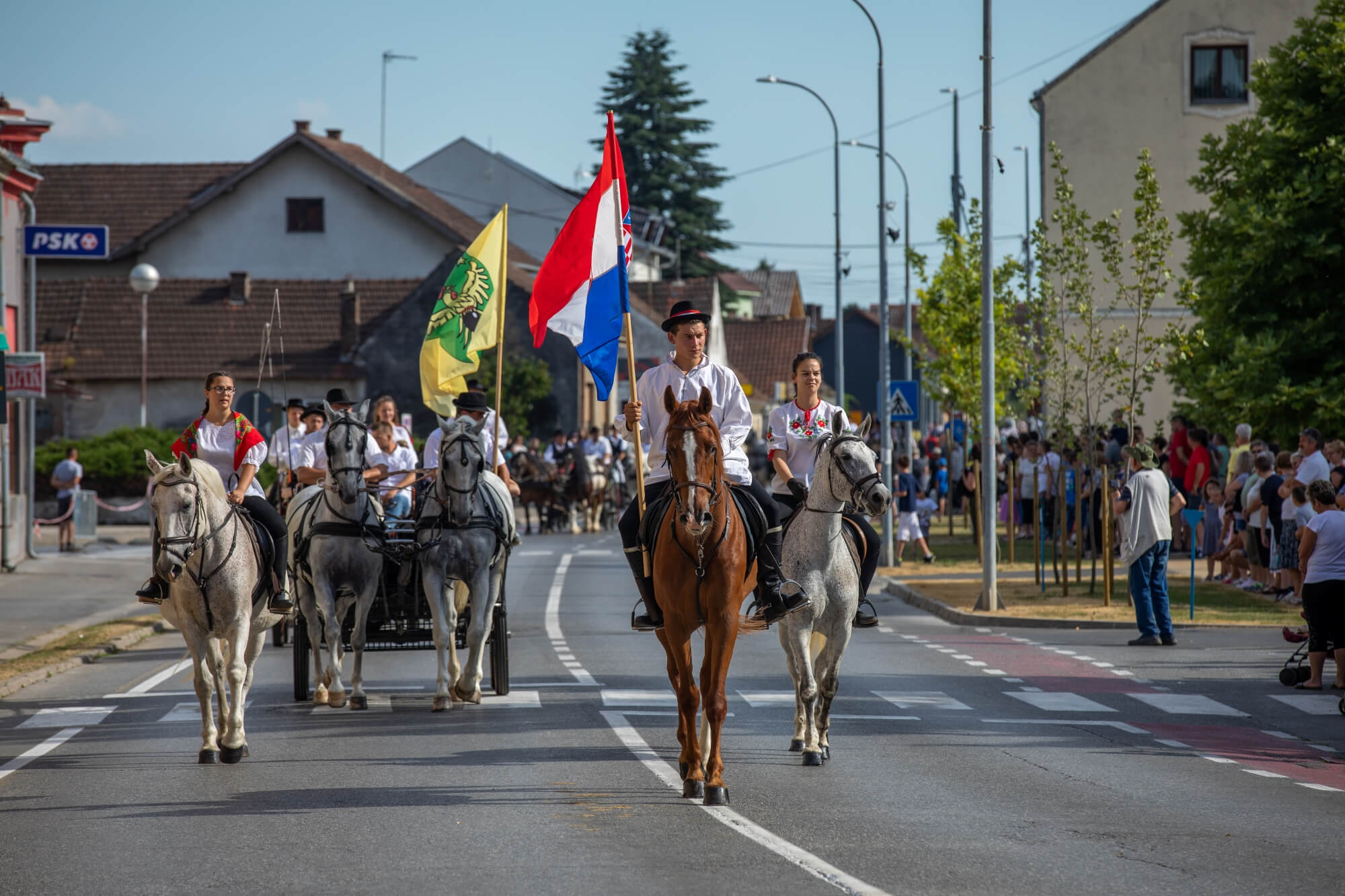 © Ivan Nemet
© Ivan Nemet
The Picokijada is an annual re-enactment of this legend and is one of the most important cultural events in Koprivnica-Križevci County. It has been held at the end of June since 1968 and now takes place over three full days.
Since 2006, the event has been protected as an intangible cultural heritage of Croatia. It has a cast of thousands and draws many more thousands of visitors. Alongside the theatre and legend, Picokijada features sports, games, activities, a procession and a popular cake competition.
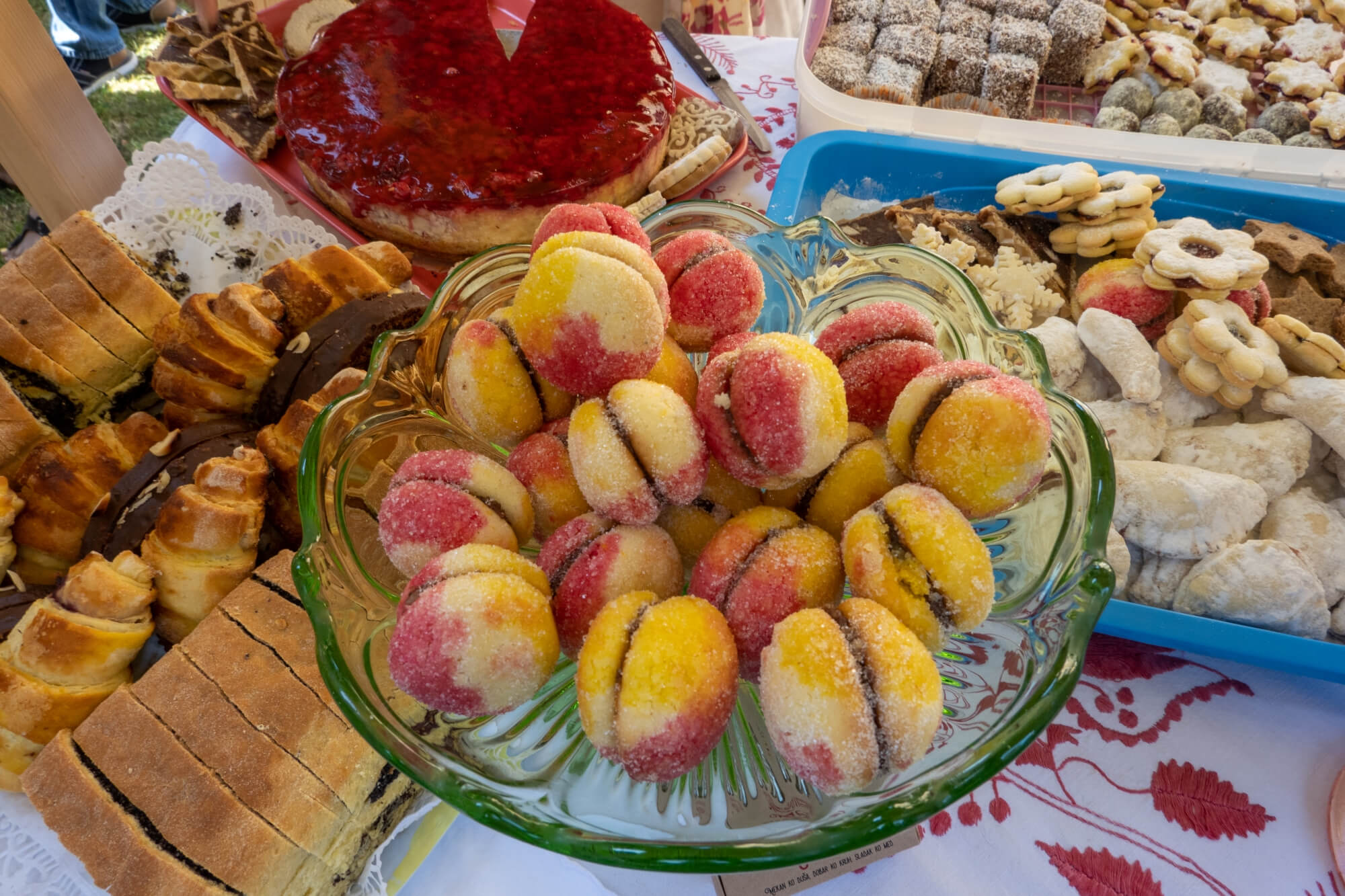 © Ivan Nemet
© Ivan Nemet
This article was produced with the co-operation of Koprivnica-Križevci County Tourist Board. Both the author and Total Croatia News would like to sincerely thank Željko Car, Mato Zeman and Ivan Nemet for the kind permission to use their photography here.

